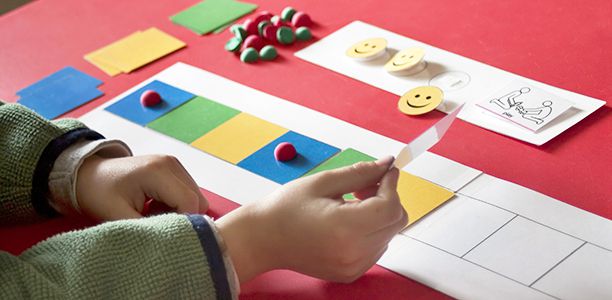Julia Ilott is still in the process of completing her graduate diploma to qualify as a school teacher but she’s already had plenty of insight into how classrooms can accommodate children with a developmental condition.
Her son Nathanael has autism spectrum disorder (ASD) but is coping with his transition into Year 1 at Heights College, with help from a specialist advisor and a speech therapist.
Ms Ilott said the Heights College teachers had been willing to learn more about ASD as part of their professional development.
“My son is proving to be quite intelligent with a flair for music and no major behaviour problems,” she said.
“He was diagnosed at the age of 2 but we’ve been heavily involved with early intervention. By a process of desensitisation he’s having fewer ‘meltdowns’ and these are now milder.”
Ms Ilott says meltdowns could be described as a panic attack or cognitive overload but her son was having only a few per week these days.
Meanwhile, CQ University Education academic Associate Professor Ken Purnell says the heightened awareness of this disability in the community and the proactive requirements for teachers to engage students with disabilities and diversity, such as students with autism, in their learning, to maximise their learning gains, has improved significantly in recent years.
“This is due to proactive work by schools, schooling authorities and curriculum and assessment authorities such as the Queensland Curriculum and Assessment Authority (QCAA) with which I do a lot of engagement work.
“Teachers, schools and schooling authorities have done superb work to cater for the full range of learners to have inclusive learning and assessment programs where teachers make relevant adjustments,” Dr Purnell says.
(Source: CQ University)










